OWOTO
Introducing OWOTO, a self-sustaining ecosystem designed to cultivate the Magic Berry, a predecessor of the Miracle Berry. Using smart technology, it regulates temperature, humidity, and pH for optimal growth.
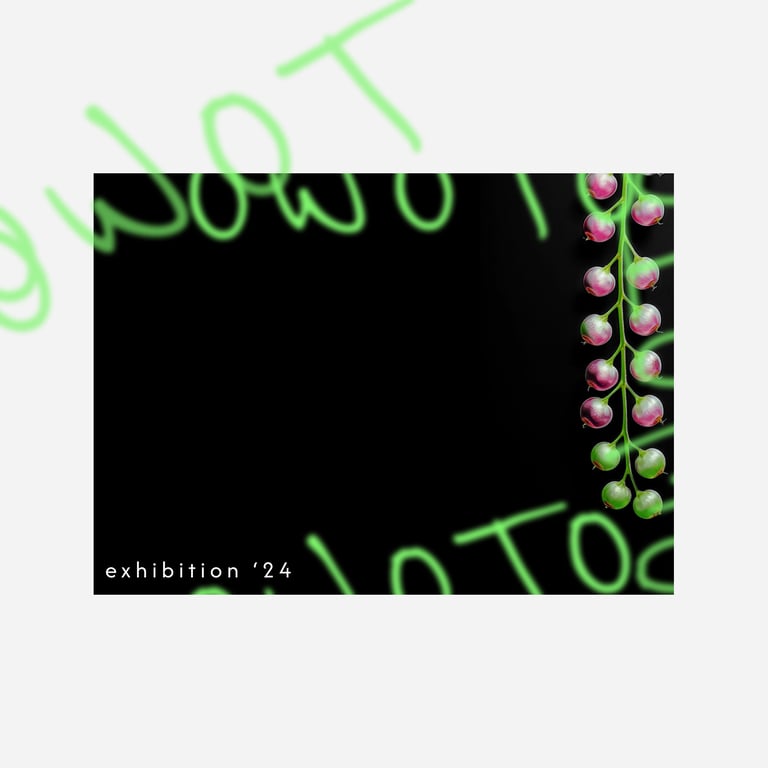

This design installation was developed during an intensive five-week course at the University of Oslo, centered on the Research through Design methodology. The project aimed to create a speculative design artifact tailored for the “Room of the Future,” envisioned in the year 2049.
Renowned designer and researcher Bill Gaver served as a guest lecturer, drawing on his work with the Interaction Research Studio. His team created the 2049 flat as part of the “Rooms Through Time” exhibition at the Museum of the Home, which served as a key reference point for the course. The artifact was presented in a mini-exhibition.
Role Product designer
Duration Five weeks
Tools Arduino, 3D modeling, Figma
_____________________________________________________________________________________________________________________________________________________________
The installation
Role
Product designer
Duration
Five weeks
Tools
Arduino, 3D modeling, Figma
___________________________________________________
During the first two weeks, we immersed ourselves in the Research-Through-Design methodology, exploring its principles and techniques. Our challenge was to design an object for the fictive Room of the Future, a predefined living space intended for a diverse family of five, each with distinct backgrounds and needs. This prompted us to define and explore the family's potential requirements and aspirations. We used an annotated portfolio to communicate our design ideas and outline the key elements we aimed to include in our final artifact, helping us clarify our direction and align our intentions.
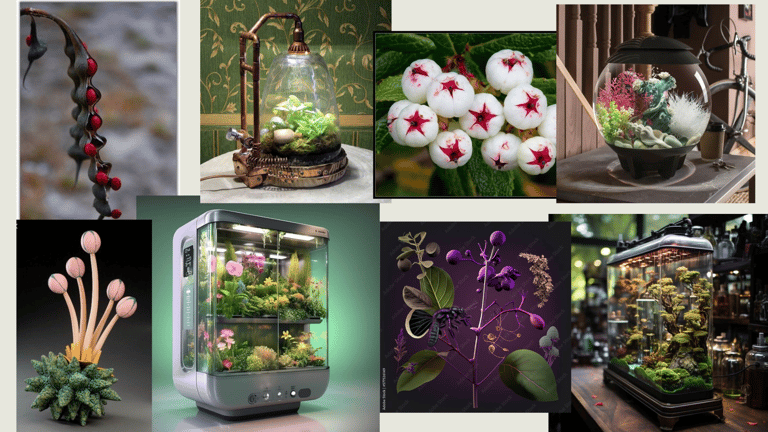

Our design inquiry focused on how natural, organic elements might coexist harmoniously within a highly technological, future-oriented home. We developed two initial concepts:
Owoto, a self-sustaining terrarium designed to nurture a predecessor to the Magic Berry; and Aeriflower, a technology-enhanced flower that monitors indoor air quality. After careful consideration, we chose to move forward with Owoto and entered the development stage.
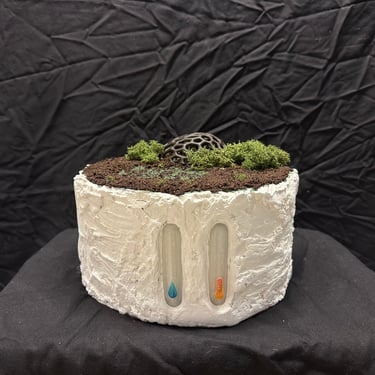
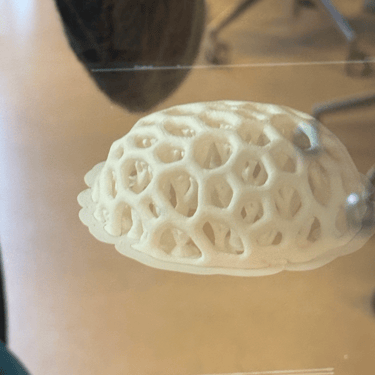
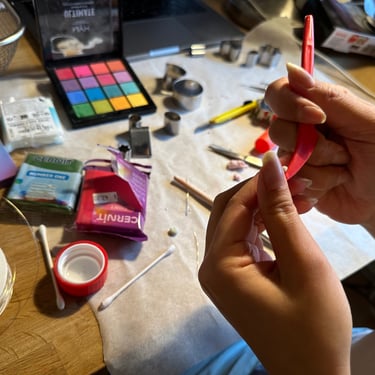
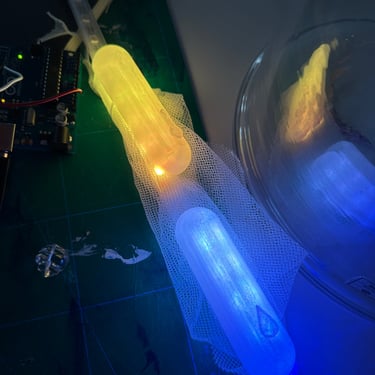
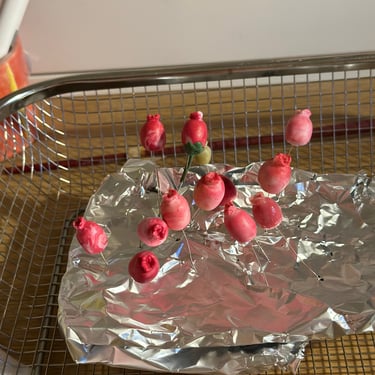
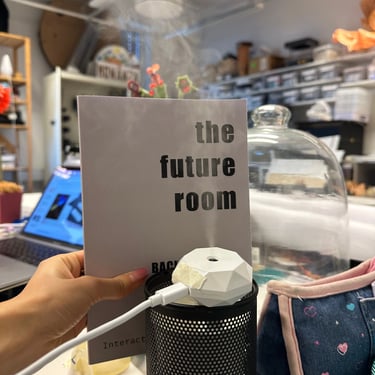
THE PROCESS
Ideation
THE PROCESS
Prototyping
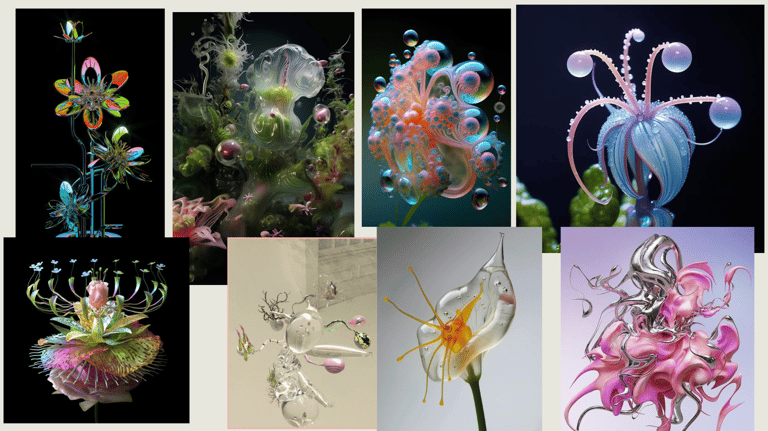



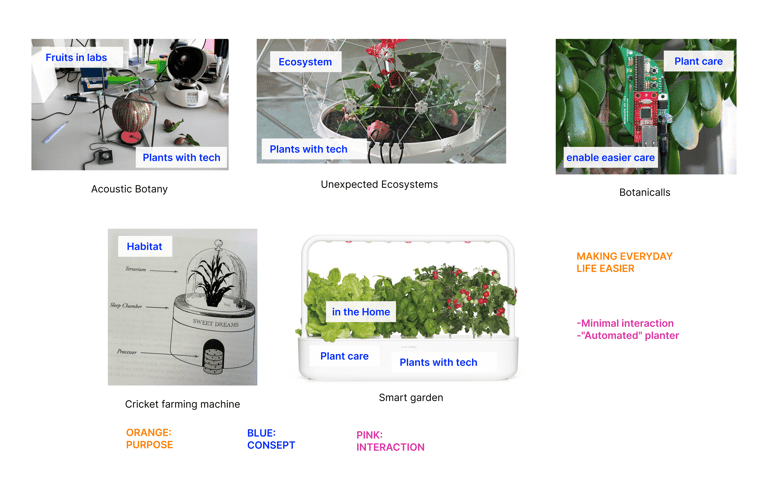

Annotated portfolio
Owoto
Aeriflower
Since the project was set in a speculative future scenario, we were not able to fully implement the envisioned technology. However, we used a diffuser and Arduino-based coding to simulate a system designed to identify the plant type and regulate its environment according to its specific needs. The prototype was constructed using a mix of materials, including PLA, clay, resin, and spackle.
RESULTS
The exhibition
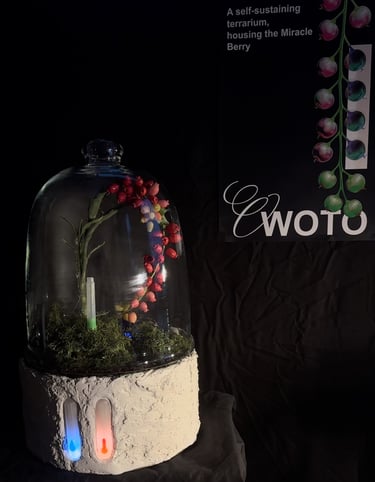

Final Takeaways
This project marked my first experience working with a practice-based design approach and engaging in speculative design. It also served as an introduction to the Research through Design methodology, which challenged me to think critically and creatively through making. Navigating ambiguity, imagining future scenarios, and grounding abstract ideas in tangible prototypes pushed me to expand both my conceptual and practical design skills.